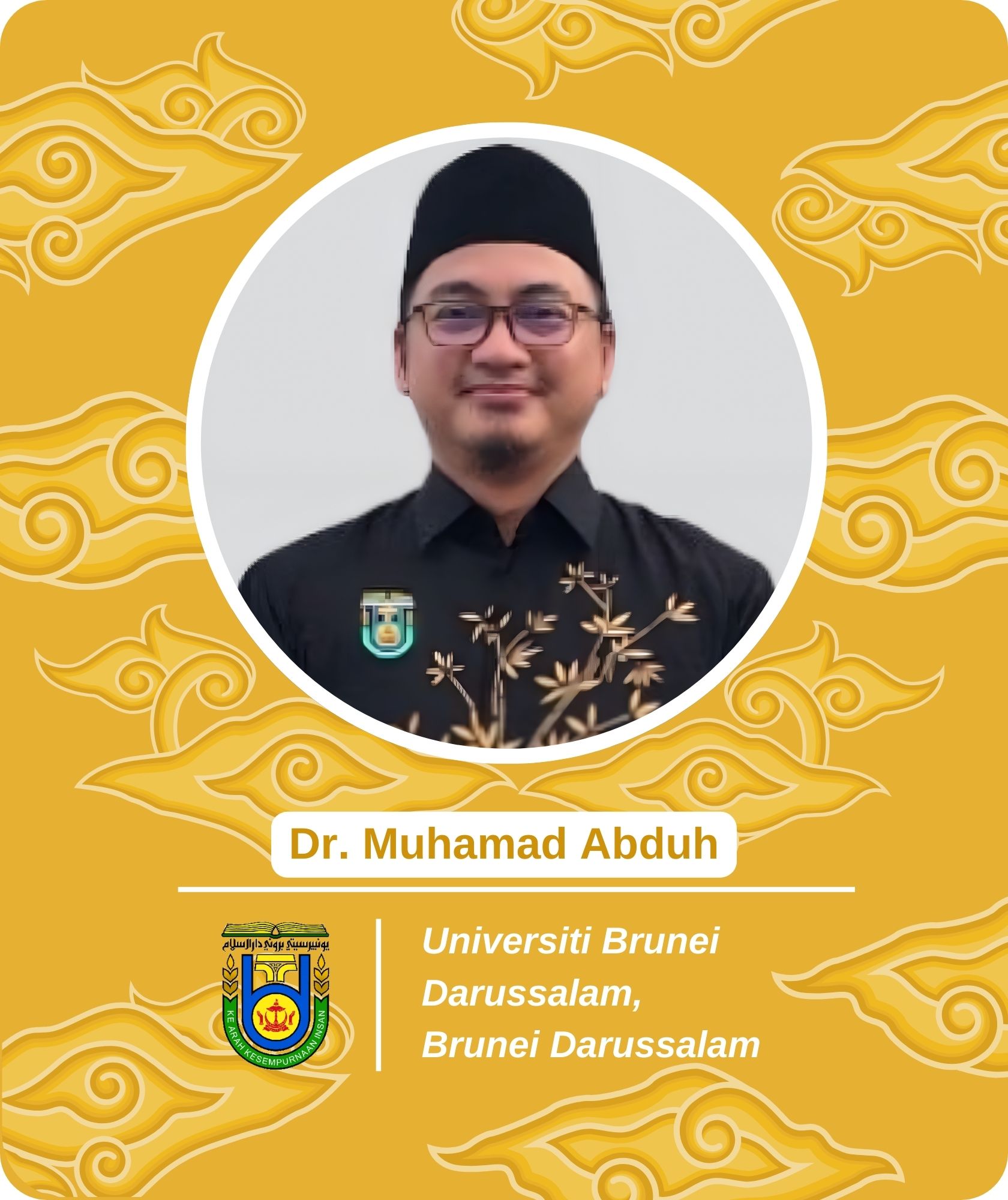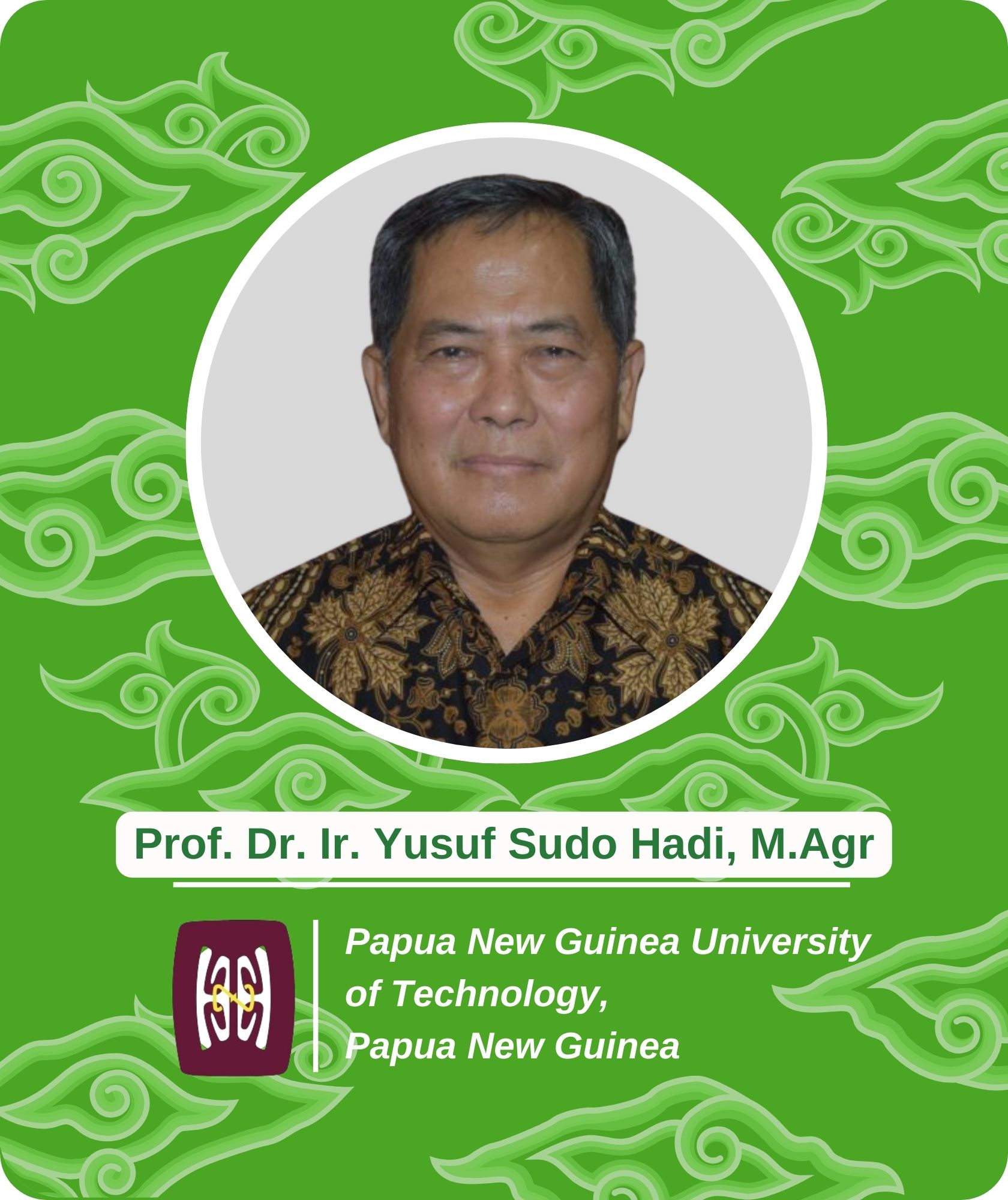Modelling Chlorophyll and Nutrient Contents of Peperomia obtusifolia 'Green Gold' Using MAPIR RGN and RGB Sensors
This title has been presented on Friday, December 15, 2023 at 08.35-08.45 GMT+7.
Abstract
This title has been presented on Friday, December 15, 2023 at 08.35-08.45 GMT+7.
Floriculture plants face challenges in terms of resilience and lengthy breeding processes. Ornamental leaf plants as a subset of floriculture encounter even higher ordeal, despite their high values. Research, although have been presented in the literature, are negligible compared to other agricultural commodities. Hence, to date, information gathered is considerably limited, especially the one that promotes non-invasive methods. In this study, Peperomia obtusifolia "Green Gold", which has a unique leaf patterns and interesting colors, was investigated. This research aimed to identify the relationship between chlorophyll and leaf nutrient content, as well as their responses to RGB/RGN imaging sensors. Regression suggested a strong association between nutrients and chlorophyll. We found that spectral index like the Excess Green (EG) from the RGN sensor helps to effectively distinguish plants states. Nitrogen yielded the highest impact on chlorophyll, while phosphorus returned the least. Other nutrients like potassium, calcium, magnesium, sodium, and sulphur also contributed to chlorophyll levels. We developed preliminary machine learning models to predict chlorophyll from commonly used RGB/RGN imagers. The initial state suggested that prediction of chlorophyll is possible, while potential improvements should be initiated. The research highlighted the significance of these findings in advancing floriculture through imaging technology to allow developments of non-invasive methods for high throughput plant phenotyping.




















